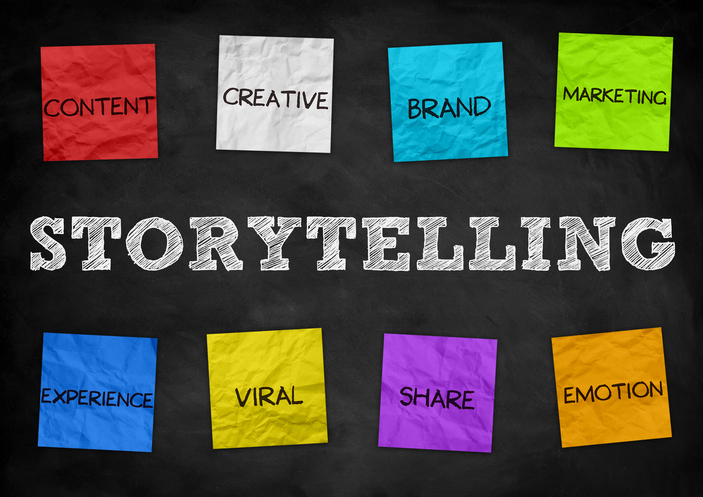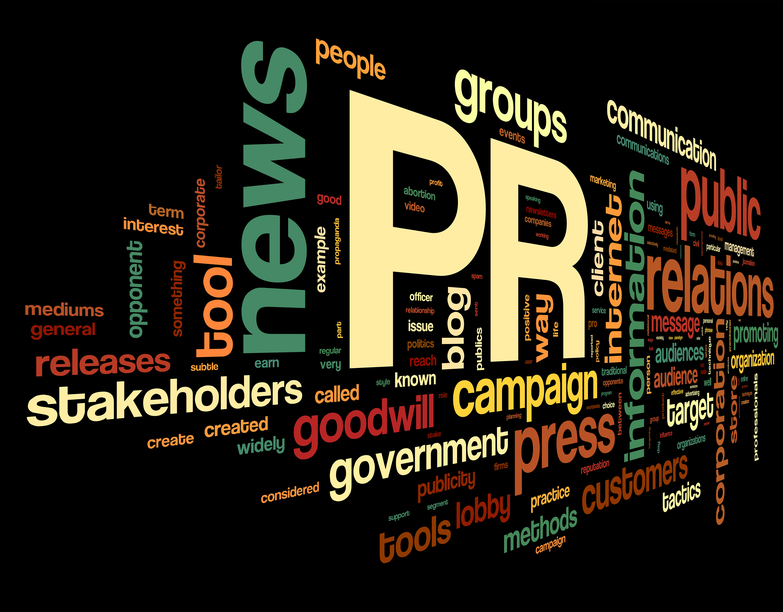
Pre-Internet the sources we often turned to before making a purchase included recommendations from family, friends and neighbors, books and magazine articles, and experts we trusted.
As you know, times have changed.
We may still check with those sources but also frequently do our own online research. Googling a product or service for more information, reading reviews and asking friends on social media are now commonplace.
That’s where influencers come in. Who are they and why should you care?
Influencers are trusted like a best friend who tips you off about a hot new restaurant, the latest method for maintaining healthy hair or a charming country inn for a weekend getaway. They offer another means to build authentic features and stories about your product, service, destination or experience to help you reach new customers and drive awareness online.
Megainfluencers such as celebrities and well-known media personalities have followings in the millions, microinfluencers’ followings typically fall between 10,000 and 100,000 and nanoinfluencers’ are in the low thousands.
Micro and nanoinfluencers make up for their smaller audience size with high levels of follower engagement as demonstrated by the number of likes, comments, shares, views and clicks their posts receive.
Some influencers require payment to partner with brands and others do not. Whether influencers are paid, receive free products or agree on another type of mutual arrangement, it must be clearly disclosed according to Federal Trade Commission guidelines.
There are various ways influencers work with brands. Here are examples:
- product demonstrations on YouTube
- posts on blogs and websites about firsthand experiences
- Instagram posts with images, reviews, or short videos
- documenting trips and visits via video, images and blog posts
- hosting giveaways
- featuring products in holiday and other popular annual gift guides
- Q & As with founders or other spokespeople
- developing a series of interesting blog posts
- Twitter parties
- Facebook live videos
- online radio shows and podcast interviews
Whatever it may be, the influencers’ content is carefully developed and presented for its appeal so audiences stay engaged with them over time.
Influencers may specialize in one category or work across a few. Some have expertise with beauty and fashion, green and eco-conscious products, travel, baby boomers or millennials, food and recipes, parenting, home décor, men’s lifestyles and other topics.
Journalists are becoming influencers too as many cultivate their personal brands through podcasts, e-newsletters, books, and social media.
It’s important to identify, vet and choose influencers whose audiences align with your target customer’s profile and whose personas are a good fit.
Since we have a long track record of connecting clients with journalists to secure earned media coverage, working with influencers is a natural extension of the services we provide. The influencers we work with generally are not paid fees and are within the microinfluencer realm. Results of working with influencers on behalf of a skin care client are here.
Are you interested in finding out more about the benefits of connecting with the right influencers? Get in touch with us and we’d be happy to talk.
 It used to be that companies often hired celebrities and well-known personalities as their spokespeople for public relations, marketing and advertising campaigns.
It used to be that companies often hired celebrities and well-known personalities as their spokespeople for public relations, marketing and advertising campaigns.

